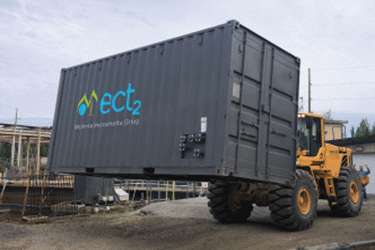Challenging PFAS-Impacted Industrial Wastewater Reduced To Non-Detect

ECT2 was approached by a remote refinery in Alaska that had found PFAS in their wastewater stream. The refinery's wastewater discharge permit and associated ordinances administered by the local city government required that industrial users adhere to a total PFAS limit of <70 nanograms per liter (ng/L) for wastewater discharged to the local city government wastewater utility. More specifically, the sum of 12 PFAS compounds must be less than 70 ng/L to comply with the City ordinance. The presence of PFAS compounds in wastewater is a common problem faced by any industry that manufactures, utilizes, or receives PFAS, particularly as the EPA increasingly looks to identify and regulate PFAS sources upstream from municipal wastewater treatment plants (WWTPs). Due to the remote location of this site, and the presence of other (i.e., non-PFAS) contaminants in the waste stream, this project required a team of experts that could react quickly to enable the refinery to meet their compliance goals.
Get unlimited access to:
Enter your credentials below to log in. Not yet a member of Water Online? Subscribe today.
